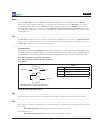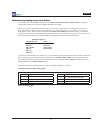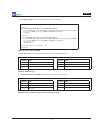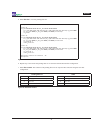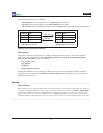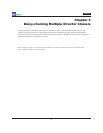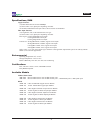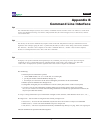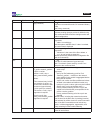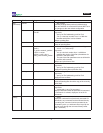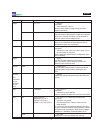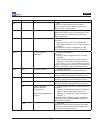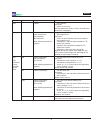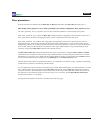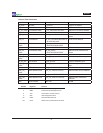
Director
43
Appendix B
Command Line Interface
Tip! ___________________________________________________________________________________________________
The command line interface (CLI) is case-sensitive; commands must be entered in lower case. However, certain items
such as user-dened text strings, user names, and passwords may be entered in upper, lower, or mixed case, and are
case-sensitive also.
________________________________________________________________________________________________________
Tip! ___________________________________________________________________________________________________
The tab key can be used to automatically complete words in the CLI. This function works for commands as well as
arguments. For example, typing the letter "t" followed by the tab key results in "time" being entered in the command
line. Likewise, "da<tab>" auto-completes to the "date" command. However, "d<tab>" does not auto-complete,
because it is ambiguous between the "date" and "del" commands.
________________________________________________________________________________________________________
Tip! ___________________________________________________________________________________________________
To display a list of sub-commands and arguments for any command, press the tap key twice after entering the
command. (A space is required between the command and the <tab><tab>.) For example, type "lter add
<tab><tab>" to display a list of all the arguments that can be used to complete the command.
________________________________________________________________________________________________________
Port numbering:
Network ports are numbered ns.p where •
s is the DNM module (1 or 2; 1 is on the left, 2 is on the right) •
p is the port number within the DNM (1 through 12)•
for example, n2.1 and n2.12 are the lowest and highest port numbers in the second DNM•
Monitor ports are numbered m.1 through m.10)•
Congurable 10 Gigabit ports are numbered t1.1 and t1.2 (front panel) and t2.1 and t2.2 (rear panel)•
a • portlist is a list of ports separated by commas; dashes may be used to specify ranges; for example,
n1.1,n1.2,n1.3 and n1.1-n1.3 mean the same thing; NOTE: Do not include any space characters in the list (do
not put a space after the comma)
A string is a string of characters up to 32 characters in length, not case sensitive; valid characters are A-Z, a-z, 1-9, -, _
Privilege levels – User accounts are assigned at one of three privilege levels:
root (level 1) – access to all CLI commands; only the root level can use the • user and passwd commands
admin (level 2) – access to all CLI commands except • user and passwd
user (level 3) – can access only these CLI read-only commands: help, history, list, ping, show, exit, logout, quit•
The CLI commands are specied in the following table.



